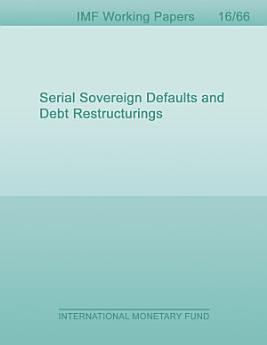Serial Sovereign Defaults and Debt Restructurings
Mar 2016 · International Monetary Fund
eBook
45
Halaman
reportRating dan ulasan tidak diverifikasi Pelajari Lebih Lanjut
Tentang eBook ini
Emerging countries that have defaulted on their debt repayment obligations in the past are more likely to default again in the future than are non-defaulters even with the same external debt-to-GDP ratio. These countries actually have repeated defaults or restructurings in short periods. This paper explains these stylized facts within a dynamic stochastic general equilibrium framework by explicitly modeling renegotiations between a defaulting country and its creditors. The quantitative analysis of the model reveals that the equilibrium probability of default for a given debt-to-GDP level is weakly increasing with the number of past defaults. The model also accords with an additional fact: lower recovery rates (high NPV haircuts) are associated with increases in spreads at renegotiation.
Beri rating eBook ini
Sampaikan pendapat Anda.
Informasi bacaan
Smartphone dan tablet
Instal aplikasi Google Play Buku untuk Android dan iPad/iPhone. Aplikasi akan disinkronkan secara otomatis dengan akun Anda dan dapat diakses secara online maupun offline di mana saja.
Laptop dan komputer
Anda dapat mendengarkan buku audio yang dibeli di Google Play menggunakan browser web komputer.
eReader dan perangkat lainnya
Untuk membaca di perangkat e-ink seperti Kobo eReaders, Anda perlu mendownload file dan mentransfernya ke perangkat Anda. Ikuti petunjuk Pusat bantuan yang mendetail untuk mentransfer file ke eReaders yang didukung.






